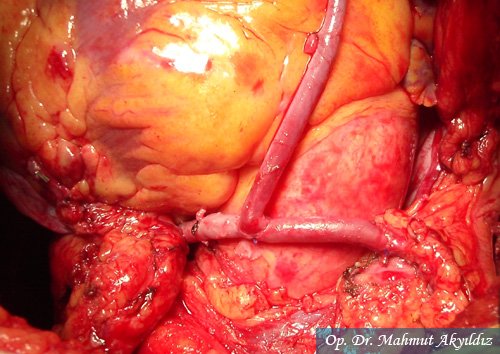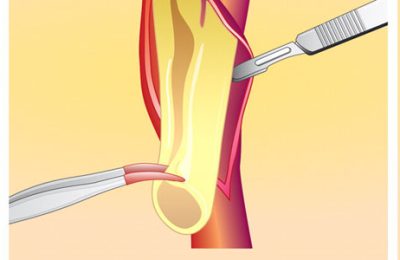What is beating heart bypass?
Beating heart bypass is a surgical method performed without stopping the heart, allowing the vessel replacement while the heart continues to beat.
In this technique, a heart-lung machine is not used, so blood keeps circulating naturally through the heart. It is generally preferred for low-risk patients and carries a lower risk of complications. Damage to the heart muscle is reduced, and the recovery time is shorter. Since it can be performed using minimally invasive methods, it causes less tissue damage.
The operation time can be shorter, and the hospital stay is usually reduced. Beating heart bypass is successfully performed using modern surgical techniques.
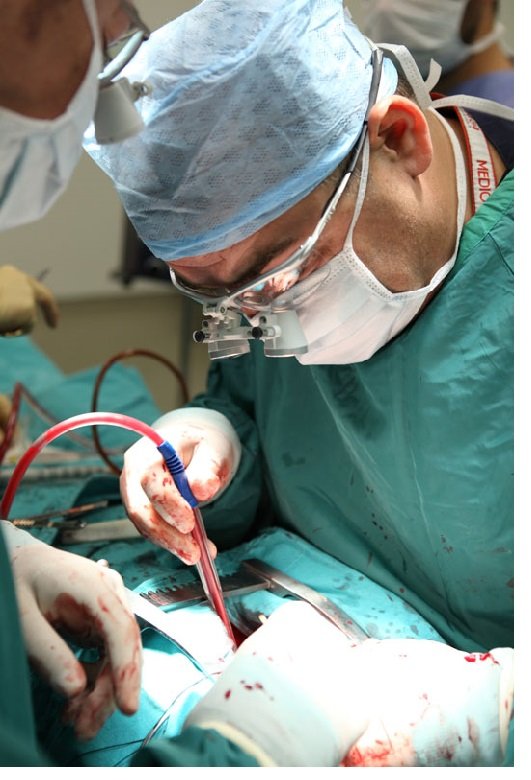
Your heart is safer with beating heart bypass
Beating heart bypass surgery began with a single vessel. Over time, its scope was expanded to include all vessels supplying the heart. Today, this method has become one of the most preferred bypass techniques when performed by expert hands…
Beating heart coronary bypass emerged out of necessity. Performing open-heart surgery by stopping the heart in patients with lung or kidney problems may worsen the condition of these organs.
Beating heart coronary bypass surgery is a cardiac surgical technique performed on the beating heart without connecting the patient to a heart-lung machine.
During the surgery, the surgeon uses special stabilizing devices to minimize the movement of only the area being operated on. Meanwhile, the heart continues to pump blood to both the body and itself, maintaining the necessary blood pressure for life. Thus, the potential risks associated with open-heart surgeries performed with a heart-lung pump and temporary cardiac arrest are minimized.
The heart is stopped during open-heart surgery
In traditional open-heart surgeries, the aorta is cross-clamped, temporarily stopping the connection between the heart and systemic circulation. It is known that removing this clamp at the end of the operation can cause numerous microcalcifications, fat, and plaque embolisms. In beating heart coronary bypass surgeries, the cross-clamp is not used, minimizing the risk of microemboli.
In conventional open-heart operations, once the cross-clamp is placed on the aorta, the heart is stopped with a solution called cardioplegia. During this period, blood flow to the heart muscle is cut off, and its nutrition is maintained by oxygenated cardioplegic solution. Although this method is effective and modern, the best way to protect the heart during surgery is to perform the operation on a beating heart, ensuring continuous natural blood flow. Since the heart continues to beat and cross-clamp is not used in beating heart bypass, using intracoronary shunts provides optimal, physiological cardiac protection during the procedure.
Advantages of not using the heart-lung pump
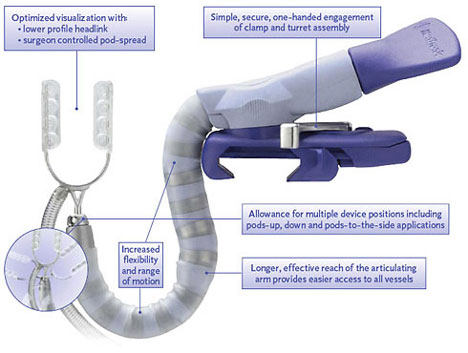
Beating heart surgery is also known as off-pump coronary bypass surgery, meaning the pump is not in use. These operations are performed while the patient is not connected to the heart-lung machine.
During surgery, the heart-lung pump may affect the circulating blood and trigger certain defense mechanisms in the body. While these mechanisms are essential for survival, they may reach harmful levels after heart surgery, causing lung failure or pulmonary edema. In patients connected to the heart-lung pump, blood pressure is lowered during the operation, which may cause insufficient blood supply to organs such as the brain, kidneys, liver, and intestines.
Postoperative complications of traditional open-heart surgeries, such as confusion, behavioral changes, kidney failure, increased liver enzymes, and reduced intestinal movements, can occur due to low blood pressure. In beating heart coronary bypass surgery, these risks are minimized.
Other operations possible with beating heart surgery
Beating heart bypass surgery is most commonly used for coronary bypass operations. However, tricuspid valve surgeries can also be performed without stopping the heart and with partial heart-lung support. In combined valve and bypass procedures, coronary bypass can be performed using intracoronary shunts before placing the cross-clamp, shortening the cross-clamp time and improving myocardial protection.

Advantages of beating heart coronary bypass surgery
 * Better preservation of heart function
* Better preservation of heart function
* Reduced mortality rates (especially in high-risk patients)
* Shorter hospital stay
* Shorter intensive care and ventilator time
* Faster recovery, with fewer postoperative complaints like fatigue or loss of appetite
* Lower risk of lung, kidney, or liver failure
* Reduced risk of neurological and cognitive complications, such as confusion, behavioral disorders, mental decline, or stroke
* Significantly reduced or no need for blood transfusions
* Lower rate of chest incision infections
* Better preservation of heart function
Which patients benefit most?
* Patients with severely reduced heart contraction who cannot tolerate the heart-lung pump
* Patients with significant calcification or plaques in the ascending aorta
* Patients with carotid artery narrowing or calcification, or those with a history of stroke or transient ischemic attack
* Patients with advanced kidney failure
* Patients with chronic lung disease
* Patients with cancer under treatment or remission in addition to coronary artery disease
* Patients aged 70 and above benefit more from beating heart bypass surgery.
The selected method should not have neurological effects on the patient.
Patients and their relatives often claim behavioral changes after heart-lung pump surgery because the pump may have neurological effects on the brain.
Differences between traditional and beating heart bypass
Traditional bypass is performed with the heart stopped, while beating heart bypass is done while the heart is beating. In the traditional method, a heart-lung machine is used, but in the beating heart technique, it is not required. Maintaining the natural rhythm of the heart reduces postoperative complications. Beating heart bypass is usually less invasive and has a shorter recovery time. The traditional method is used for more complex cases, whereas beating heart surgery can be safer for suitable patients.
Both methods aim to bypass blocked arteries and restore blood flow to the heart. The choice depends on the patient’s condition and the surgeon’s preference.
Who can have beating heart bypass surgery?
Beating heart bypass is suitable for patients with good heart function and limited artery blockage. It is often used for patients in good overall health, with strong heart muscles and low surgical risk. It is especially preferred for elderly patients or those with kidney disease or stroke risk. Since the heart-lung machine is not used, some patients tolerate this method better.
The success rate is high in patients with suitable vessel structures. The cardiac surgeon determines eligibility based on detailed tests and evaluations.
How safe is beating heart bypass?
Beating heart bypass is a safe and effective surgical method with a high success rate in suitable patients. Because the heart is not stopped, blood circulation continues naturally, keeping organs better protected.
It is particularly advantageous for patients at risk of stroke, kidney failure, or respiratory problems. Since the heart-lung machine is not used, certain complications are reduced. Recovery is typically faster and more comfortable. However, it requires specialized equipment and an experienced surgical team. Not every patient is suitable, so detailed evaluation is essential. Proper patient selection directly affects safety.
Is bypass without stopping the heart better?
Bypass without stopping the heart may be preferred for eligible patients due to lower risks and faster recovery. Since the heart-lung machine is not used, blood continues circulating naturally, reducing certain complications.
It is safer for patients with kidney, lung, or brain issues. The risk of infection, stroke, and organ damage may decrease after surgery. Hospital stays and recovery times are often shorter. However, it is not suitable for everyone; vessel structure and blockage location are important. When performed by experienced surgeons, excellent results can be achieved.
Can patients exercise after beating heart bypass?
Yes, with medical approval, patients can gradually return to regular and controlled physical activity after beating heart bypass surgery. In the first weeks, heavy exercise should be avoided, but light activities like walking are encouraged. Cardiac rehabilitation ensures a safe return to exercise.
The type, duration, and intensity of exercise should depend on the patient’s general condition and recovery progress. Regular exercise helps maintain heart health and reduces the risk of a second bypass. Along with quitting smoking, eating healthy, and managing stress, physical activity supports long-term heart health. Controlled exercise is a vital part of recovery.
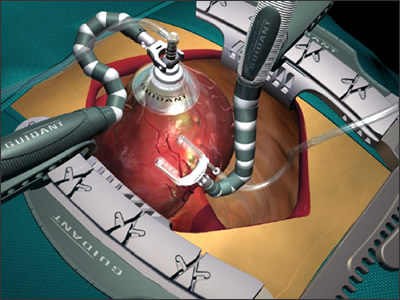
It all started with one vessel
Dr. Mahmut AKYILDIZ and his team began performing Beating Heart Bypass surgeries in 2000 and have successfully completed approximately 1,500 such operations to date. Beating Heart Bypass Surgery requires a high level of experience and skill, and should only be performed by teams who specialize in this field. Dr. AKYILDIZ has earned great respect for his extensive experience in beating heart bypass surgery.
